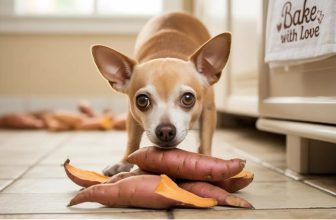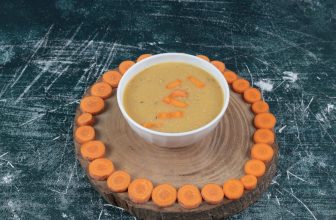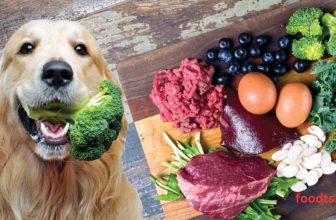What Foods Are Toxic to Dogs? The Best Guide
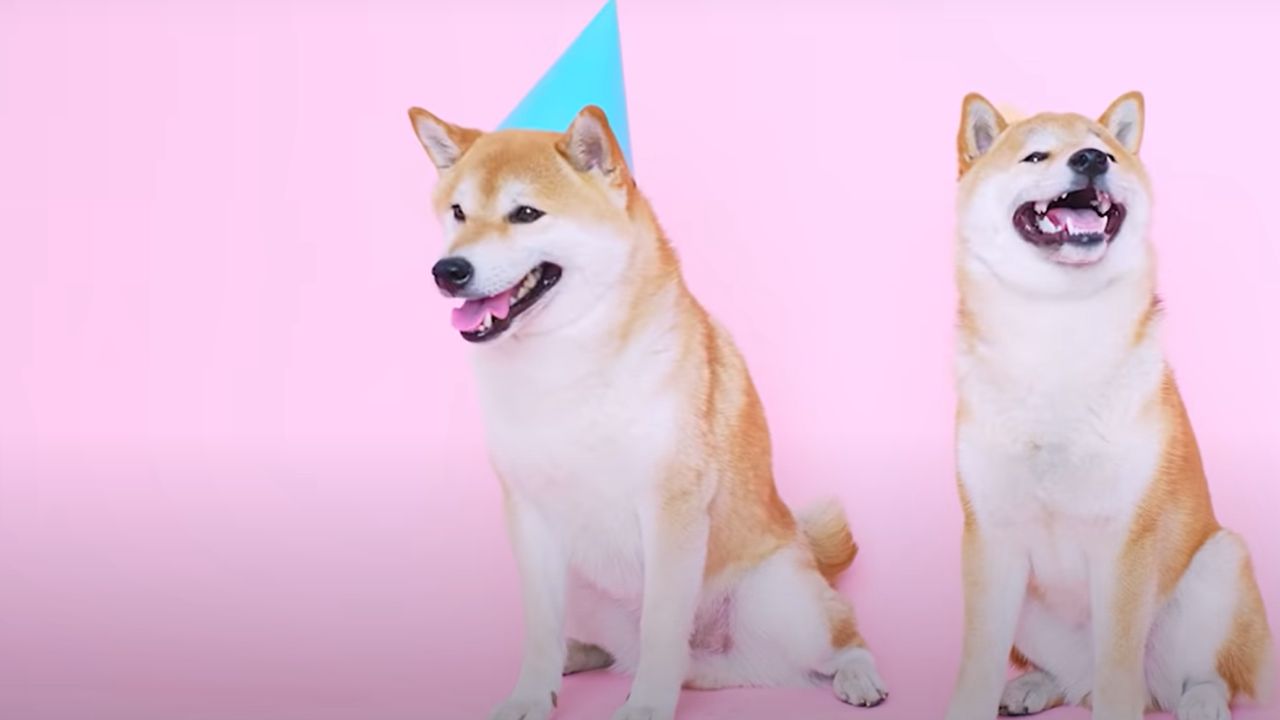
What Foods Are Toxic to Dogs: Every dog owner wants to keep their furry friend safe, but some common human foods can be extremely dangerous for dogs. In this guide, I’ll explain which foods are toxic, how they affect your dog, and what you should do if your pup eats something harmful.
Why Some Human Foods Are Dangerous for Dogs?
- How dogs digest food differently than humans
- The impact of toxic foods on a dog’s body
- The importance of being aware of harmful ingredients

Common Toxic Foods for Dogs (What to Avoid at All Costs)
Chocolate Toxicity in Dogs
- Why chocolate is poisonous (Theobromine & caffeine)
- Signs of chocolate poisoning (vomiting, seizures, rapid heart rate)
- What to do if your dog eats chocolate
Garlic and Onions – A Hidden Danger
- How these damage red blood cells (causing anemia)
- Symptoms: Weakness, lethargy, pale gums
Grapes & Raisins – Deadly to Kidneys
- Even small amounts can cause kidney failure
- Symptoms: Vomiting, loss of appetite, lethargy
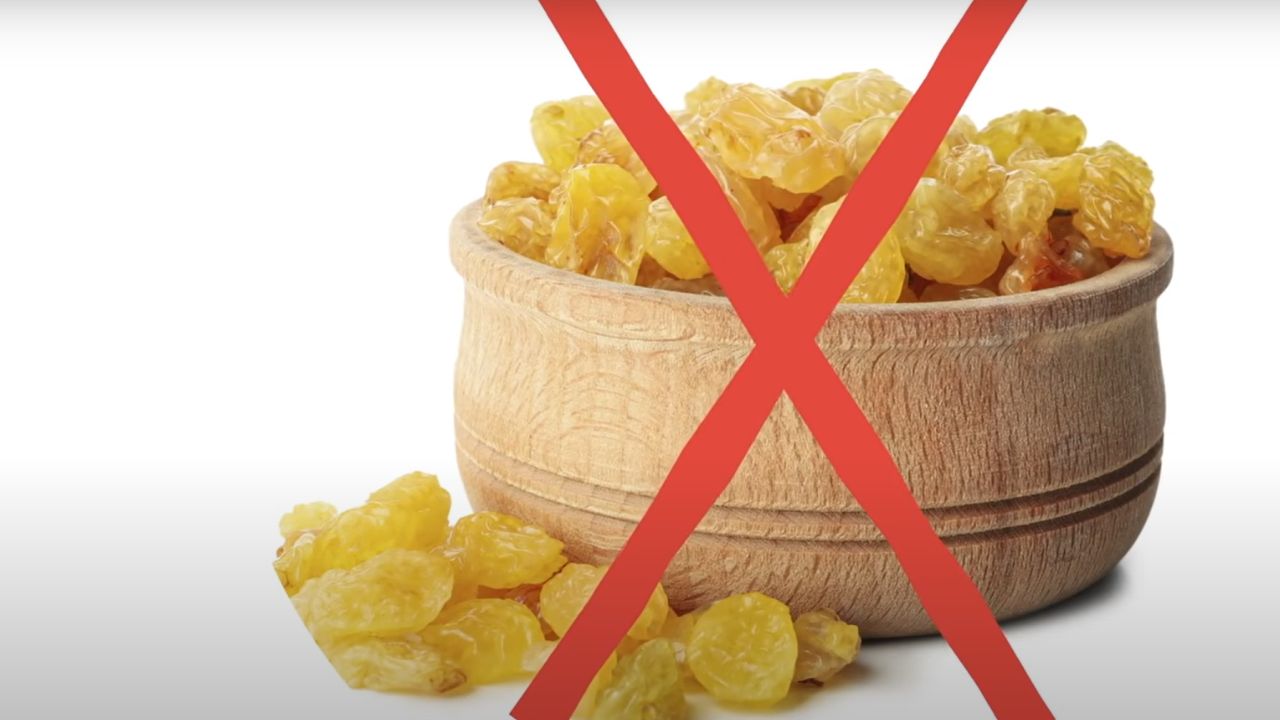
Xylitol – The Silent Killer in Sugar-Free Products
- Found in gum, candy, peanut butter, and baked goods
- Causes rapid insulin release → Low blood sugar → Liver failure
Avocados – Not as Healthy for Dogs as They Are for Us
- Contains persin, toxic to dogs in high amounts
- Symptoms: Upset stomach, difficulty breathing
Macadamia Nuts – A Big No for Dogs
- Can cause muscle tremors, vomiting, and fever
Ice Cream & Dairy – A Risky Treat
- Many dogs are lactose intolerant → Can cause bloating & diarrhea
Bacon & Fatty Foods – Why They’re Harmful
- High fat content leads to pancreatitis
- Signs: Severe stomach pain, vomiting, loss of appetite
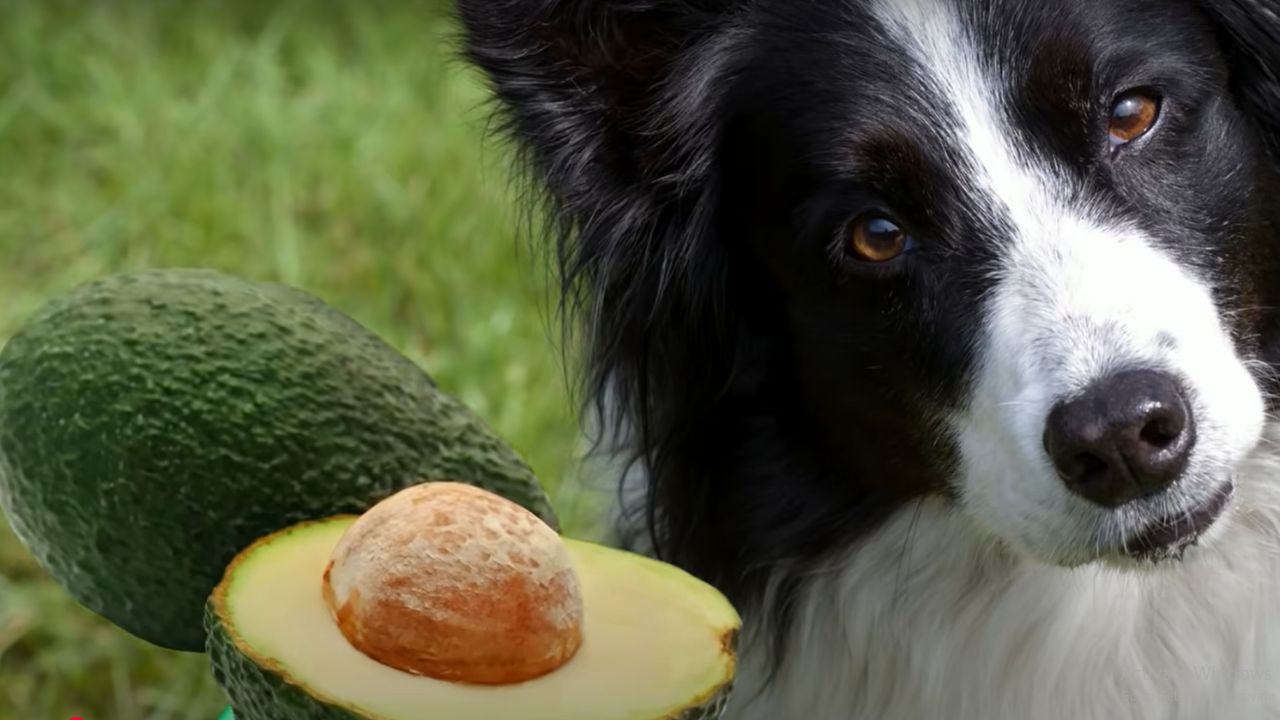
Cooked Bones – More Dangerous Than You Think
- Can splinter and cause choking or internal injuries
Salt & Salty Foods – Causes Sodium Poisoning
- This leads to excessive thirst, dehydration, and even seizures
What Are the Symptoms of Food Poisoning in Dogs?
- Vomiting & diarrhea
- Excessive drooling
- Rapid heart rate
- Weakness or lethargy
- Seizures or collapse
What Should You Do If Your Dog Eats a Toxic Food?
Stay Calm and Assess the Situation
- How much did they eat? What symptoms are showing?
Call Your Veterinarian or Pet Poison Helpline
- Provide details about the food and your dog’s weight
Avoid Home Remedies Without Expert Advice
- Some human treatments can make things worse
Watch for Symptoms & Seek Emergency Care if Needed
Dog-Friendly Alternatives to Toxic Foods
-
- Instead of chocolate → Carob treats
- Instead of ice cream → Frozen yogurt or banana slices
- Instead of bacon → Lean cooked meats (chicken, turkey)
- Instead of grapes → Blueberries, apples (seedless)
- Instead of dairy → Coconut-based treats

How to Keep Your Dog Safe from Harmful Foods?
- Store human food out of reach
- Educate family members & guests
- Always check ingredients before feeding treats
- Learn pet CPR and emergency care
Final Thoughts: Keep Your Dog Safe & Healthy
- Prevention is key – Always be mindful of what your dog eats
- Know the symptoms & act fast in case of poisoning
- Talk to your vet for personalized advice
FAQ: What Foods Are Toxic to Dogs
Q1: Can one grape harm my dog?
A1: Yes! Even a small amount can cause kidney failure in some dogs. It’s best to avoid grapes entirely.
Q2: What happens if my dog eats garlic or onions?
A2: They can destroy red blood cells, leading to anemia. Symptoms might take a few days to appear.
Q3: How much chocolate is dangerous for dogs?
A3: It depends on the type of chocolate and the dog’s weight. Dark chocolate and baking chocolate are the most toxic.
Q4: Is peanut butter safe for dogs?
A4: Only if it doesn’t contain xylitol. Always check the ingredient label!
Q5: What’s the safest human food to feed my dog?
A5: Lean meats, carrots, apples (without seeds), pumpkin, and plain rice are safe options. Conclusion
Conclusion
Knowing which foods are toxic to dogs can save your pet’s life. By avoiding dangerous foods and making safer choices, you can ensure your dog stays healthy, happy, and safe. Always stay informed and consult your vet when in doubt!



